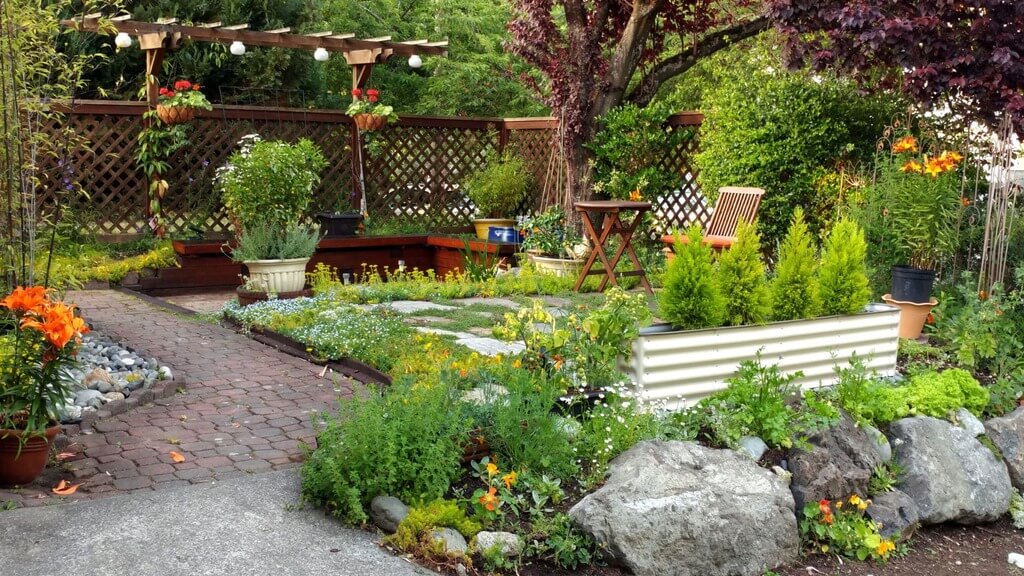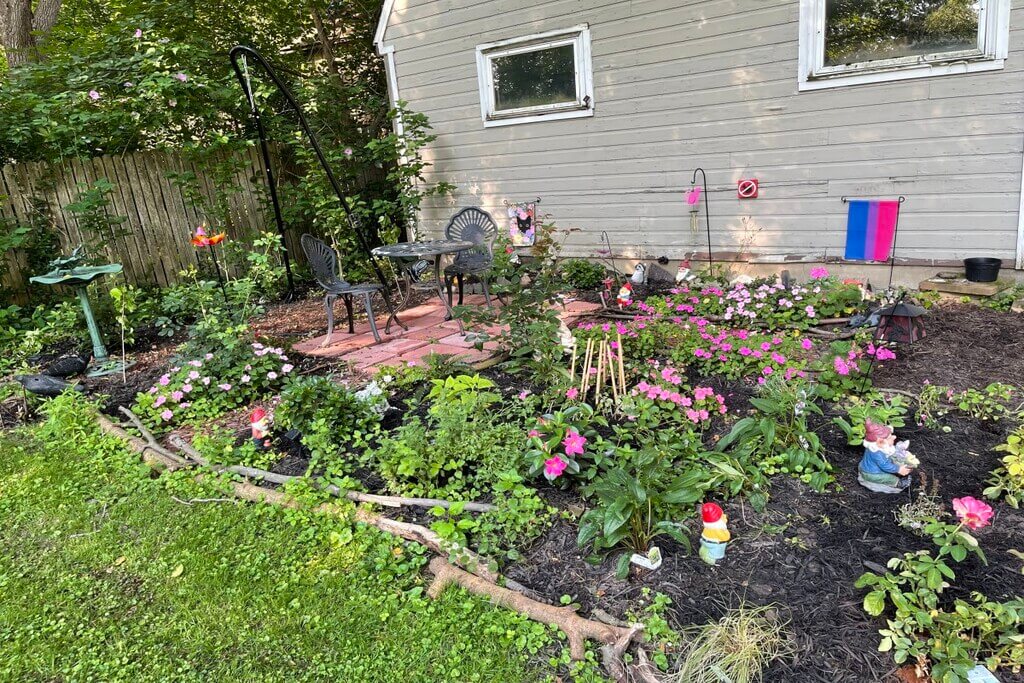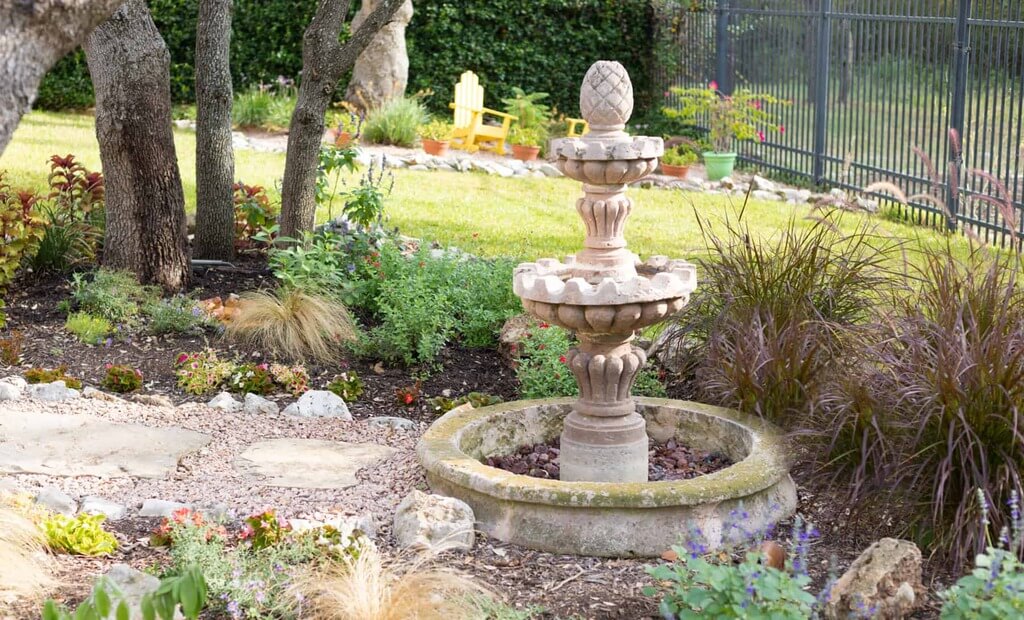If you enjoy wildlife in your garden, May is a great month. You’ll find birds feeding their young and bees taking advantage of the plentiful flowers. Hedgehogs start their mating season… if you haven’t already, it’s the perfect time to start building a wildlife habitat.
Creating a wildlife habitat in a garden is a great way to support local wildlife populations and add beauty to your outdoor space. Here are some tips for creating a wildlife habitat in your garden:
Where to Build It

When choosing a location for your wildlife habitat, it’s important to consider the needs of the wildlife you want to attract.
Some species prefer open areas, while others require more cover. Make sure the location you choose has a mix of habitats, such as open spaces (perhaps a small meadow area), trees, and water sources. As much as possible ensure the site is away from human disturbances. Wildlife is often sensitive to these types of disturbances.
Consider the types of wildlife you want to attract and what they need to survive. This may include food sources, water sources, shelter, and nesting sites. Make a list of the habitat features you want to revamp, such as planting native vegetation, installing bird feeders, or adding nesting boxes.
Plants to Attract Pollinators and Insects

Planting vegetation is one of the most important things you can do to create a healthy wildlife habitat. Plants provide food and shelter for local wildlife and are adapted to the local climate and soil conditions.
Attract bees and other pollinators by planting with nectar and pollen-rich herbs such as borage, chives, oregano, lavender, and rosemary. But the right plants will attract other flying insects such as butterflies, moths, and hoverflies.
Choose varieties including marigolds, daisies, dahlia, snapdragons, and sunflowers – the bright colors and scent will attract the pollinators you want to see. Plant colors together so the insects can find them easily.
Although it may be tempting to weed out those dandelions, they’re part of the biodiversity of the area, so a few are good for attracting insects and pollinators. The problem people have with dandelions is that they multiply fast.
If space is limited, planting solutions such as a Vegtrug, offer the chance to plant a few bee-attracting plants, so you can still have a habitat.
Creating a Landscape

Water is essential for wildlife, and providing a source of water can help attract a variety of species to your habitat. You can create a simple bird bath by placing a shallow dish of water on the ground or installing a more elaborate pond. Make sure the water source is clean and fresh and replace the water regularly.
Structures, such as brush piles, rock piles, and nesting boxes, can provide additional shelter and nesting sites for wildlife. Brush piles can be made by stacking branches and twigs, while rock piles can be made by stacking rocks of various sizes.
Nesting boxes can be purchased or made at home and are a great way to attract birds and other species that require nesting sites.
If you create a habitat that is full of creepy crawlies and insects, you’re also providing a healthy feeding ground for birds and chicks and mammals like hedgehogs and bats.
Trees and bushes are great for birds and these small mammals. Plus, don’t worry about decaying branches. These are great places for insects such as beetles. It all counts.
Let the Grass Grow

You might notice wildlife habitats in your local park, with their wildflowers and long grass. You can easily recreate a miniature version in your home.
Letting the grass grow gives wildlife a natural haven. They can feed on plants and breed in the shelter of the long grass. Just be careful when or if you cut them back in the winter. Make sure the beasts have had the chance to move on.
Naturally, avoid using pesticides and chemicals.
When you’re up and running, check regularly for any invasive species that might overrun the plants and disrupt the balance of the habitat.
Final Thoughts
Creating a wildlife habitat is a rewarding project that can benefit both the wildlife and those around it.
You’ll attract a variety of species to your garden and support local biodiversity. In addition, a garden habitat can provide a peaceful and beautiful outdoor space for relaxation and enjoyment.Consider these ideas, you can create a thriving and sustainable garden habitat that supports wildlife and adds to the beauty of your home.
Continue reading:–

